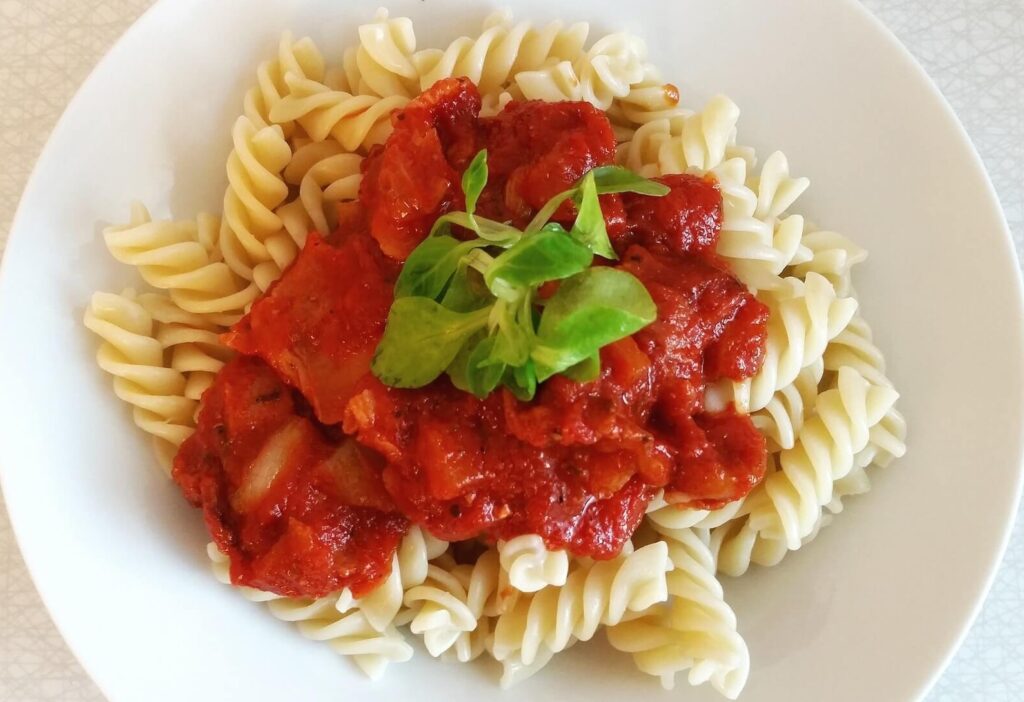If there’s one thing health professionals can all agree on, it’s that added sugar should not be a big part of anybody’s diet. On average, Americans take in 17 teaspoons of sugar per day, which is almost three times the upper recommended limit.
Since most people don’t sit and spoon 17 teaspoons into all of their food, it might be hard to conceptualize how that number could actually be possible. Since most added sugars are hidden and sprinkled into all sorts of ultra-processed foods, it’s easy to not even realize what you’re really eating.
By now, most people know that added sugar is probably the biggest driver of diet-related disease. A recent study found that consuming more than six teaspoons daily increases your risk of developing 45 different health problems, including diabetes, heart disease, and even depression.
So, if you’re trying to cut back on added sugar, the first step is actually not to cut out cakes, cookies, and things that obviously contain sugar. Since these shouldn’t make up the bulk of your diet anyway, the first step should actually be to know how to spot added sugar on a food label. This is because there are unassuming foods that end up contributing to your overall sugar intake, such as tomato sauce and bread.
How to spot added sugar
There are at least 61 different names for sugar, meaning that it’s more than likely right in plain sight — inside your favorite foods. If you look for words ending in “ose” on an ingredient list like dextrose, you can safely assume there’s added sugar. Syrups and juices are also forms of sugary beverages. Unfortunately, if you only look for added sugar on a Nutrition Facts label (where calories and carbs are listed), you won’t find added sugars since the sugar category will include those naturally-occurring as well. However, this label is useful for finding out total grams in a serving.
The most common sugar aliases
While there are so many different names for sugar, the most common ones you’ll find in stores include the following:
- Barley malt
- High fructose corn syrup
- Cane sugar
- Fruit juice concentrate
- Invert sugar
- Honey
- Sucrose
- Brown rice syrup
- Corn syrup
- Corn syrup solids
- Dextrin
- Evaporated cane juice
- Dextrose
- Glucose
- Glucose solids
- Malt syrup
- Maltodextrin
- Rice syrup
Bottom Line
Since added sugar is linked to a variety of health problems, this gets frequently twisted into people stating that ALL sugar (even sugar found in whole fruits), is somehow bad. Natural sugars should not be avoided unless medically indicated. All fruits, vegetables, and dairy products contain minimal amounts of sugar that do not have the same impact on the body. They also all contain fiber and lots of vitamins and minerals that our body needs. So, if you’re looking to lower your sugar intake, the best way to go about it is being mindful of all the ways it sneaks into processed foods and adjusting your diet accordingly.
Source: Study Finds
Image: Pexels
Become a Patron!
Or support us at SubscribeStar
Donate cryptocurrency HERE
Subscribe to Activist Post for truth, peace, and freedom news. Follow us on SoMee, Telegram, HIVE, Flote, Minds, MeWe, Twitter, Gab, and What Really Happened.
Provide, Protect and Profit from what’s coming! Get a free issue of Counter Markets today.


Be the first to comment on "Sugar Can Hide in Plain Sight in Your Favorite Foods"